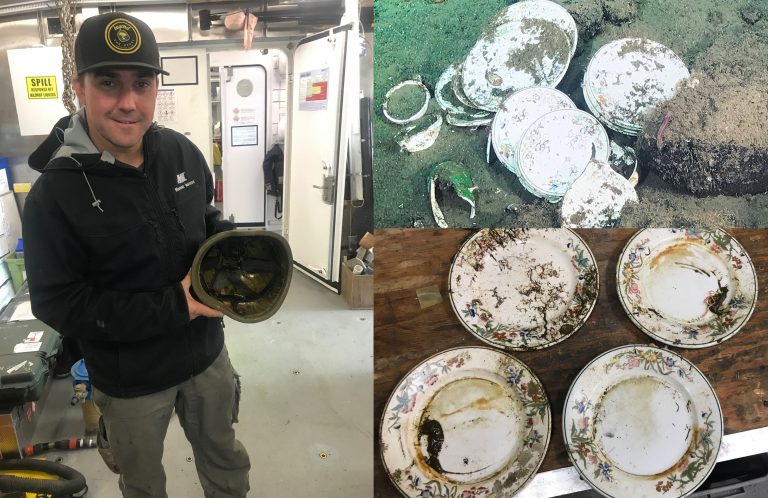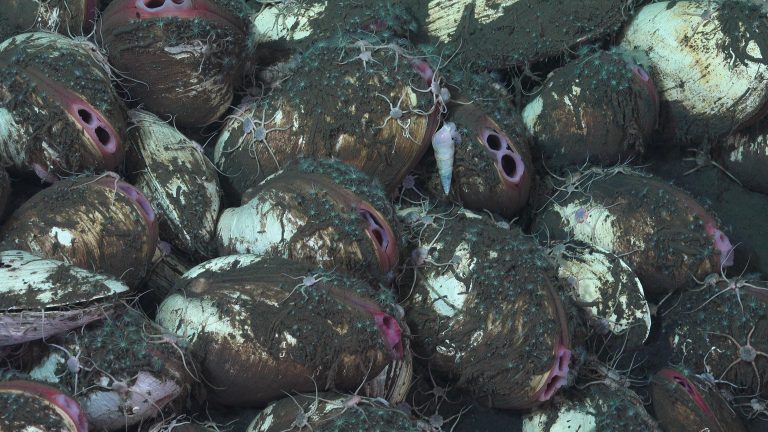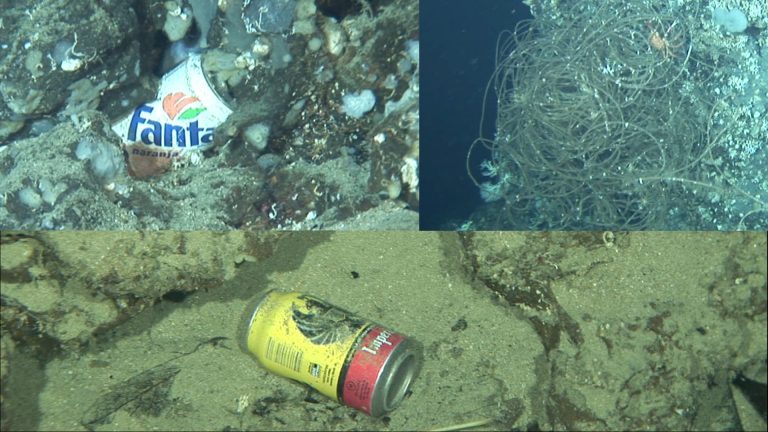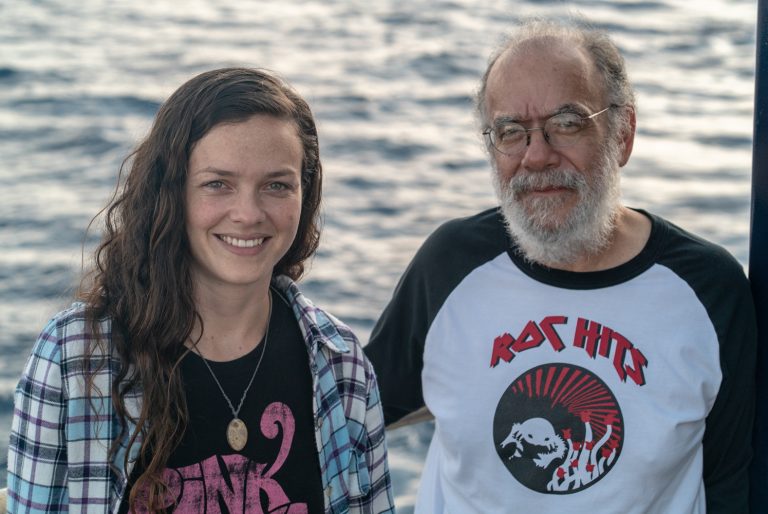Haz click aquí para blog en español
Back in 1869, John Wesley Hyatt probably knew he had stumbled upon something promising, but it is unlikely he knew just how revolutionary his concoction of cellulose, cotton fiber and camphor would be. After a New York firm offered $10,000 for anyone who could provide a substitute for ivory, Hyatt discovered a plastic that could be crafted into a variety of shapes and imitate tortoiseshell, horn, linen, and ivory. For the first time, human manufacturing was not constrained by the limits of nature.
A hundred and fifty years later, it is nature that is constrained by the pressure of such a cataclysmic discovery. Plastic has absolutely changed humanity; its influence is inescapable. The challenge now is to reduce its use, and to come up with ways to dispose of it. That not only goes for plastic, but for all of the garbage we produce. As it turns out, not even the most remote parts of our planet are spared our harmful influence, not even the deep sea. ROV pilots Jason Rodriguez and Adam Wetmore could not agree more. Both of them have been exploring the deep ocean for over ten years, and there is no place where they have not found garbage. “Even during the Deep Corals of PIPA expedition, which was in the middle of nowhere, we saw trash,” says Adam. In their opinion, there is no place in the deep sea where you do not find traces of human presence.

Precious and Unknown
As pervasive and pernicious as our waste can be, it is far from the only threat the deep sea is facing. That is why one of the ultimate goals of the team on board Falkor is to use the information collected during the expedition to expand the protected area around Cocos Island National Park to encompass at least some of the seamounts being explored, which run from the island to mainland Costa Rica. The resident experts hope to contribute to alleviating human impacts on these key ecosystems, therefore lending a much-needed helping hand to our oceans and the planet as a whole.
“There are already a lot of threats to the deep sea. Our fishing industry is moving into deeper and deeper water, and in a lot of areas of the world oil and gas development is moving in to deep waters as well. There is of course the persistent threat of climate change – which is all over the planet – and we’ll feel it a lot where we are, just because of the natural conditions in the Pacific Ocean along the Costa Rican margin,” explains Dr. Erik Cordes, Chief Scientist. “Naturally both the pH and the oxygen levels in the water are already very low, so the additional changes brought on by climate change can have a really severe impact in this area. It is important to get to these places in the deep sea and understand their current state so we can identify impacts in the future if they occur.”
For Dr. Jorge Cortes, from the University of Costa Rica, it is difficult enough to protect a place when you are familiar with it and know how to manage it. Being aware that we might need to protect areas which we barely understand is another completely level to the challenge. “Some people think we should not protect areas and just take advantage of the resources of our country, but many places must definitely be preserved,” he says. “It is important to protect forgotten regions. Perhaps not forgotten, but unknown. Very few people are thinking about all the wealth that lies below us.” Indeed, the processes that take place at venting zones of the deep ocean have an impact in fisheries and our world climate. We might not know exactly how the system works, but those seem to be two very good reasons to protect key sites in the deep sea.

Eyes Wide Open
Research Assistant Beatriz Naranjo has been to Cocos Island National park twice. On board the DeepSee submarine, she was able to dive down to 300 meters below the surface. There, her eyes were open to the impact that humanity’s recklessness is having on the planet. Most Costa Ricans think of Cocos Island as a pristine and untouched ecosystem; benchmarked against the world standard, it is. But Beatriz found staggering amounts of rubbish, which is why she and Dr. Cortes published a photographic paper on their findings. “The submarine pilots told me it is perfectly normal to find garbage in the depths of the island,” shares Beatriz, “the purpose of our publication was to collect quantitative data on garbage per meter. Collecting shocking images to show that even there, we see the impact of human beings.”

Beatriz now understands that such findings are commonplace. She came back to San Jose to review the scientific literature on plastic in the ocean. She learned that sediment samples have been taken around the world, as far away from civilization as possible, and as deep as possible. No matter where the sediment sample is taken, the researchers find microplastics. Dr. Erik Cordes is adamant that even if the deep ocean remains largely unknown, we must not take it for granted: “People seem to view the deep sea as out-of-sight out-of-mind. It may hard to relate to it just because we very rarely have a chance to visit it, but the deep ocean affects everything else on the planet.”


